Woman Earns Rs 1 Crore By Turning 12000 Kgs of Plastic Waste Into Fashionable Bags
Delhi-based woman entrepreneur Kanika Ahuja launched Lifaffa to help upcycle plastic waste into bags, laptop sleeves, mats and fashion accessories so that it doesn't end up in landfills.
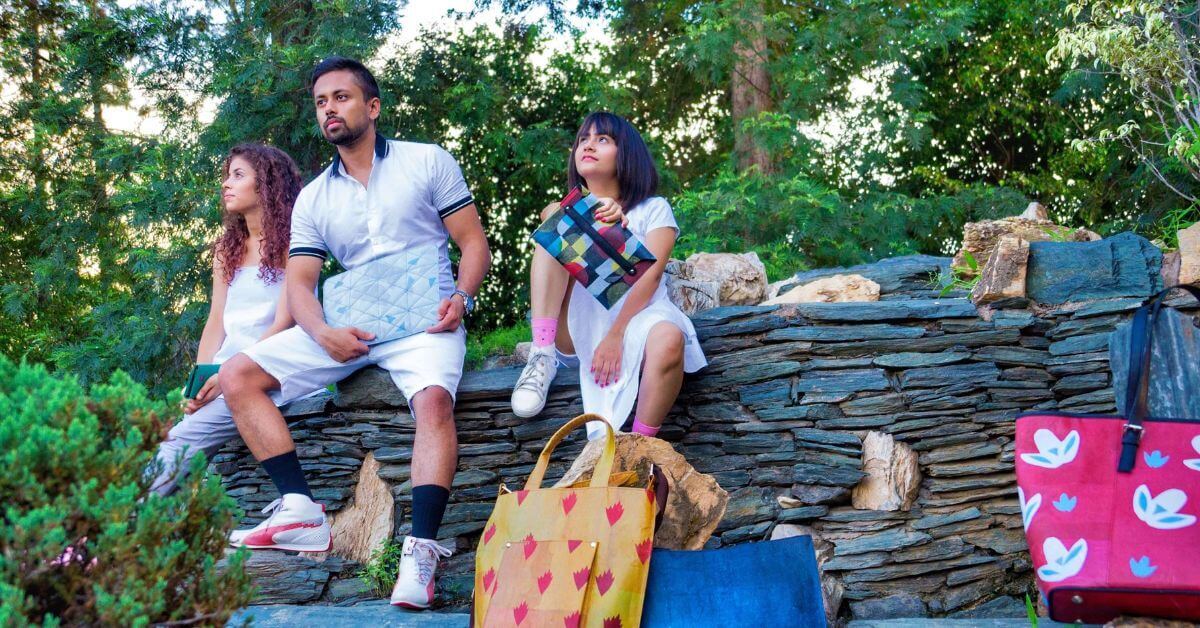
Kanika Ahuja, founder of Lifaffa, recalls visiting a landfill as a young child. “I wanted to climb what I assumed was a small hillock. I saw many other children from the area play there. However, I was forbidden from doing that. I was told that I would either hurt myself or get sick if I played there,” she tells The Better India.
Recalling the vivid imagery of the mounting garbage in the landfill, Kanika also remembers growing up in a household that was extremely conscious of how much and what they consumed. “Trying to find ways to move towards a circular economy became something I consciously started working towards,” she says.
An early start
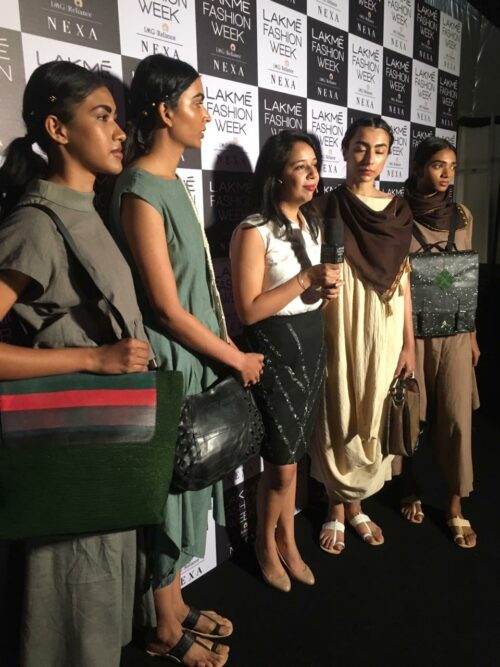
In 1998, Kanika’s parents, Anita and Shalabh Ahuja established Conserve India, an NGO focused on energy efficiency. They eventually started working on ways to tackle the plastic menace that Delhi was and is still grappling with. While her parents were neck-deep in running this NGO, they were not keen on having Kanika join this line of work.
“My father, particularly, didn’t want me to join this line of work. So, I studied engineering at Manipal Institute of Technology, Karnataka, and then went on to do an MBA from SRCC, Delhi. By 2015 I had joined a market research firm. It was during my stint at that firm that I wanted to make a switch and be a part of the development sector,” she says.
That was how in 2016 she joined the NGO her parents had founded. “There came a point where the work that Conserve India was doing felt like only being that of an export house and that was when we took a break and decided to reassess that work that we were doing,” she adds.
This break led to the birth of Lifaffa in 2017, a brand that designs and markets upcycled plastic products in India, the USA and Europe.
Today, close to 12 tonnes of discarded plastic is being upcycled into wallets, bags, laptop sleeves, table mats, etc, annually, which mitigates the plastics from ending up in landfills.
Having crossed the Rs 1 crore revenue mark last financial year, the brand is all set to break that record.
“Conserve India had over the years built a network of buyers. So, we started off by training groups of people to make these products, which we then marketed under the brand name of Lifaffa,” she says.
Towards a circular economy
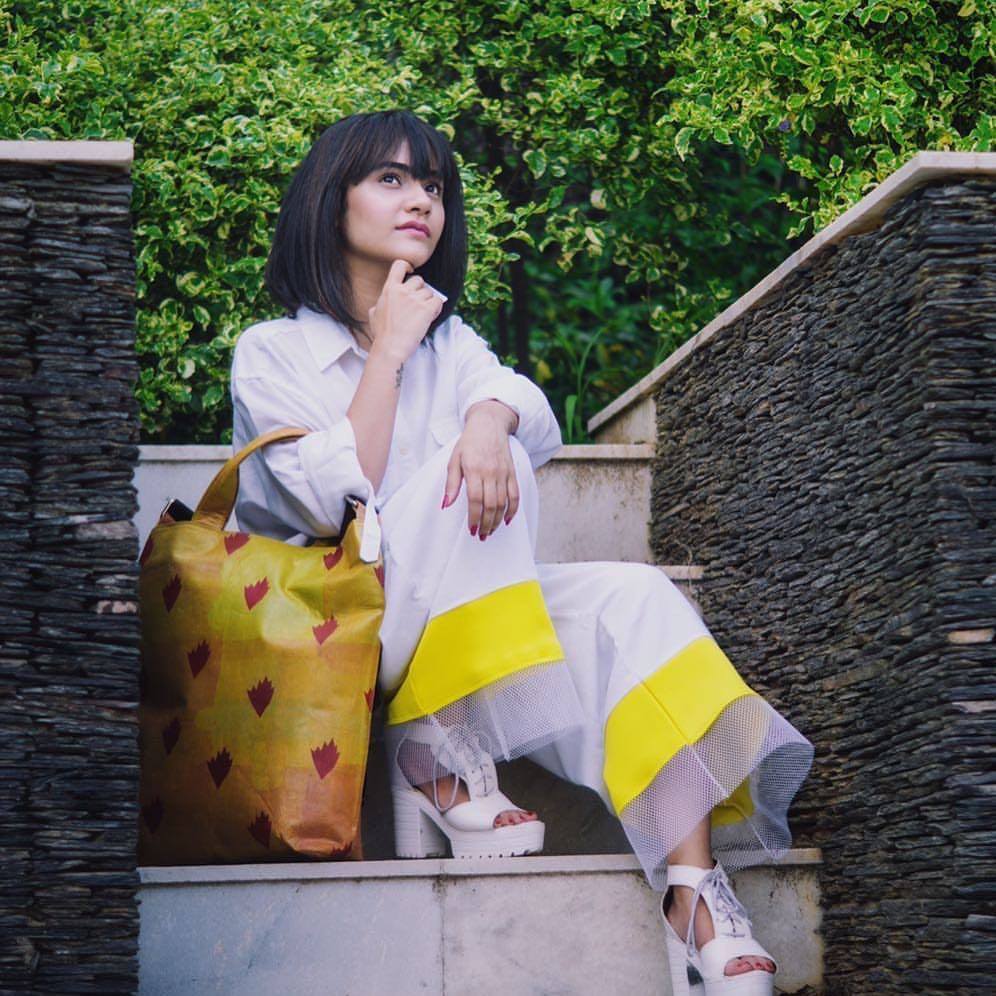
“We launched Lifaffa in 2017 as an independent social enterprise. The objective of this was to train groups in upcycling discarded plastic bags and move towards a decentralising production system in India,” she adds. In its early months, Lifaffa also clinched funding from Ashoka, a global venture fund that identifies and helps social enterprises around the world. Kanika mentions that the initial funding that they received gave the enterprise a much-needed push.
“We started by working on developing sustainable innovations to recycle and upcycle single-use plastics, which no one was collecting or working with at the time. At Lifaffa, we developed a technology to convert single-use plastic into a new fabric. Given how many colours these single-use plastic bags, etc. come in, we were able to use that to our advantage and create beautiful patterns from it,” she adds.
A good break also came in the way of an invitation to be a part of the Lakme Fashion Week in 2017. “It was at this forum that we got to showcase some of our fashion accessories like the bags and wallets and that, in a way, was a great launchpad for the brand,” she adds.
As of now, the brand is upcycling close to 1 tonne of plastic month on month.
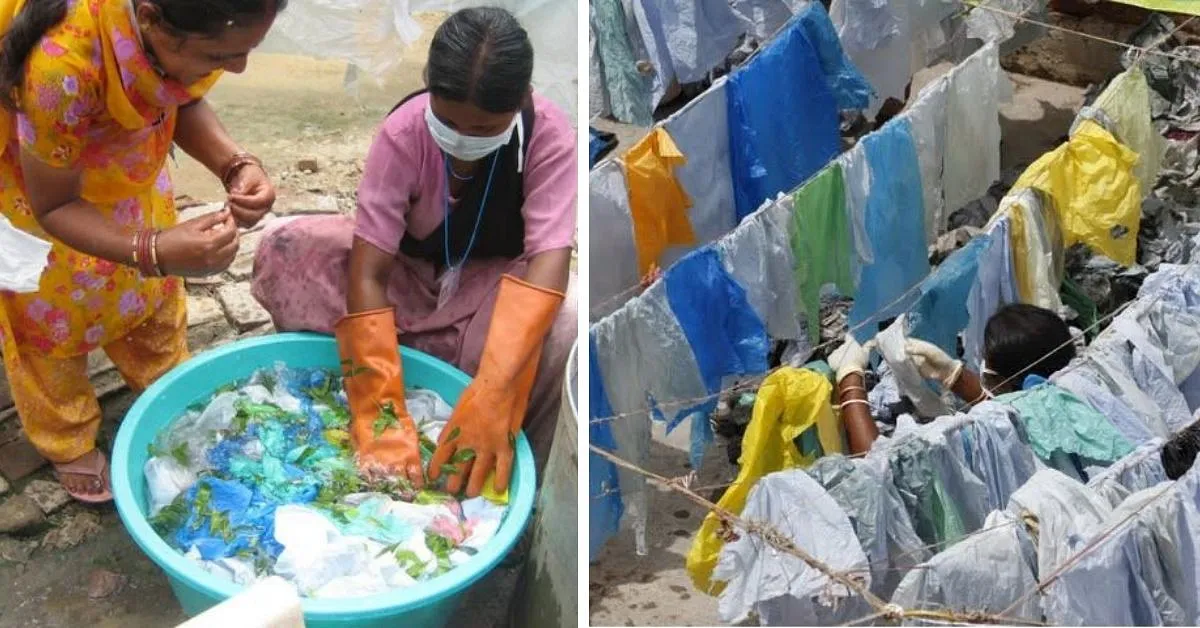
“While the pandemic did have an adverse impact on our work, we are now getting back to these numbers. The fact that we are providing people with an alternative to leather has been a huge plus point for us. This was also at a time when consumers were looking for alternatives,” she adds.
Mahima Harjai, a customer of Lifaffa based in Noida says, “I found out about Lifaffa about three years ago and loved them and the work they do, instantly. The brand understands the importance of making the right choices, while using high-quality material, with minimal impact on the environment. It took me a while to adapt to the concept of making greener choices when it comes to my wardrobe and slowly move towards sustainability. Lifaffa made that journey easier.”
She continues, “What’s even better is how the brand has products to suit every budget. I feel good about being able to contribute to a sustainable world in my own small way. My favourite from the collection is the handy wristlet made out of tyre waste with beautiful Afghani embroidery and the upcycled tyre planters that adorn my home.”
Making sustainable fashion appealing
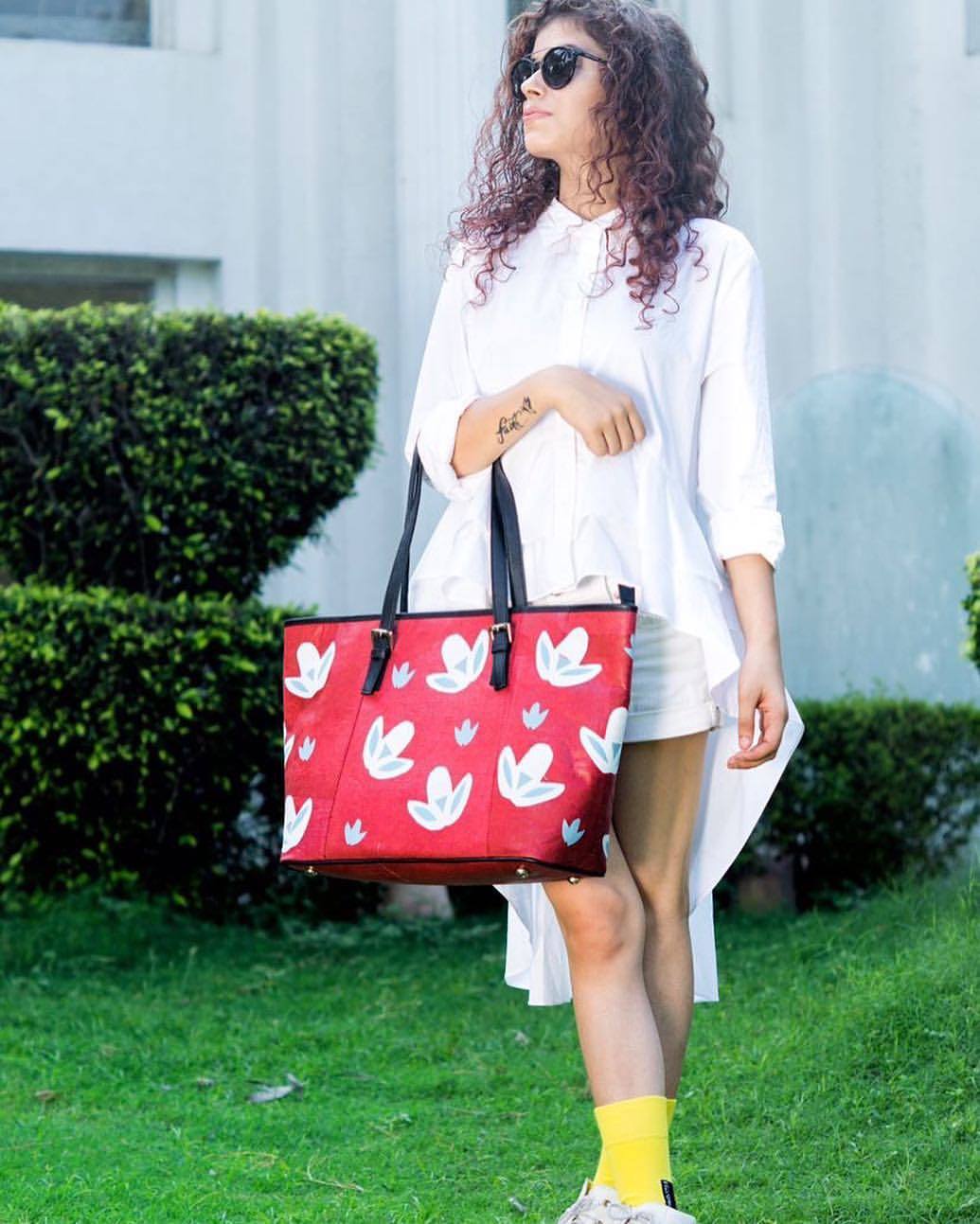
Currently, Lifaffa works with 200 waste workers and 300 artisans. Many of these are women and some refugees even. Iram Ali, one of the women associated with the brand says, “I have been working with Conserve India and now Lifaffa for over eight years. The process of converting something as redundant as plastic waste into such beautiful products has always been fascinating. We are a group of 40 women who work to make these products.”
“It takes us approximately a day and a half to make one bag and for a month’s work, we take home close to Rs 8,000. Not just bags we now also make table covers, mats, trays, etc,” she adds.
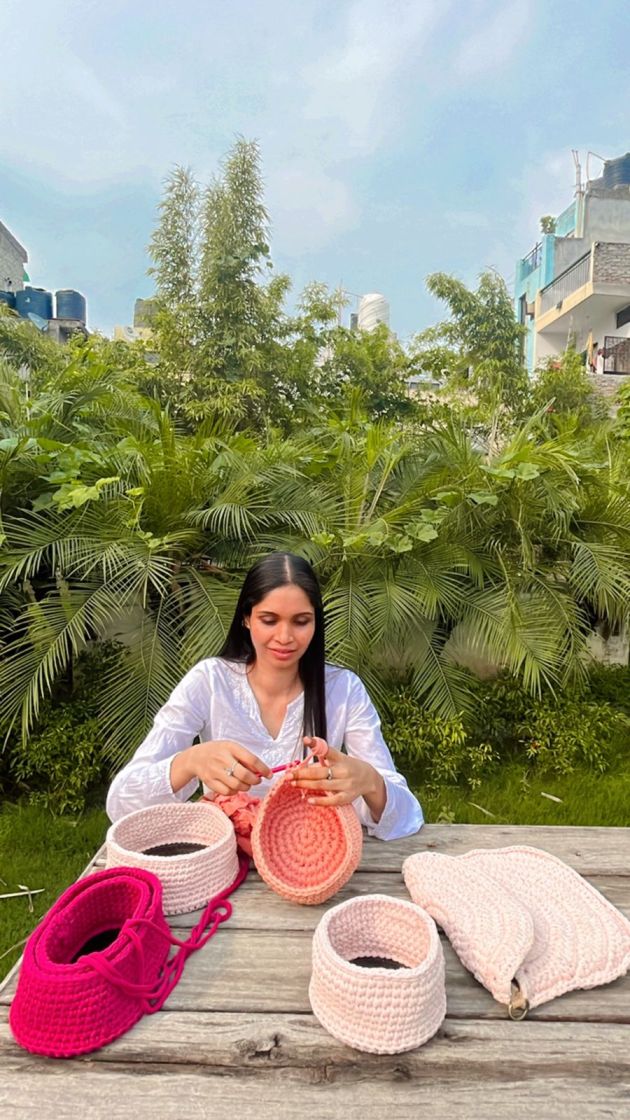
Kanika has also collaborated with a group of Afghani refugee women in India skilled in traditional handicrafts. “The idea is to make sustainable fashion appealing to all age groups. It can be sustainable and yet be very trendy. Merging these various styles and design elements leads to creating some stunning pieces of accessories,” she says.
In 2019, Kanika was one among the eight designers shortlisted for the Circular Design Challenge — a collaboration between R | Elan ‘Fashion for Earth’, Lakmé Fashion Week (LFW) and the United Nations (UN) in India. She made it to the shortlist out of 900 registrations from over 30 cities across the country.
Asked about the certification that brands like Lifaffa can apply for, she says, “While there are certifications like the Global Recycling Standard or Fair Trade, given the scale of operations of the brands, it is not feasible yet to apply for these. With most businesses now having a social media presence, it is easy for potential customers to reach out and have all their queries answered.”
The biggest challenge has been bringing about a change in mindset. “People still ask why they should spend money on buying something that is made out of ‘waste.’ While we have come a long way, the journey is far from over,” she says. If you found our stories insightful, informative, or even just enjoyable, we invite you to consider making a voluntary payment to support the work we do at The Better India. Your contribution helps us continue producing quality content that educates, inspires, and drives positive change. Choose one of the payment options below for your contribution- By paying for the stories you value, you directly contribute to sustaining our efforts focused on making a difference in the world. Together, let’s ensure that impactful stories continue to be told and shared, enriching lives and communities alike. Thank you for your support. Here are some frequently asked questions you might find helpful to know why you are contributing?

To see some of the products that Lifaffa sells, click here.
(Edited by Yoshita Rao)
This story made me
-
97
-
121
-
89
-
167












